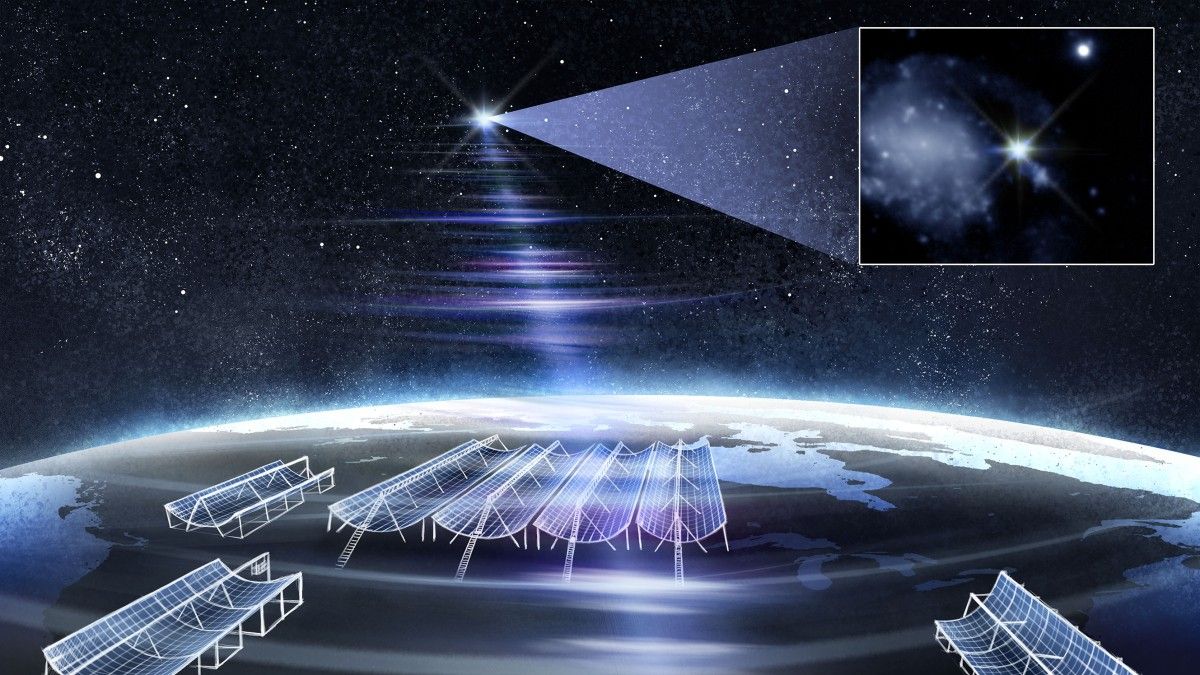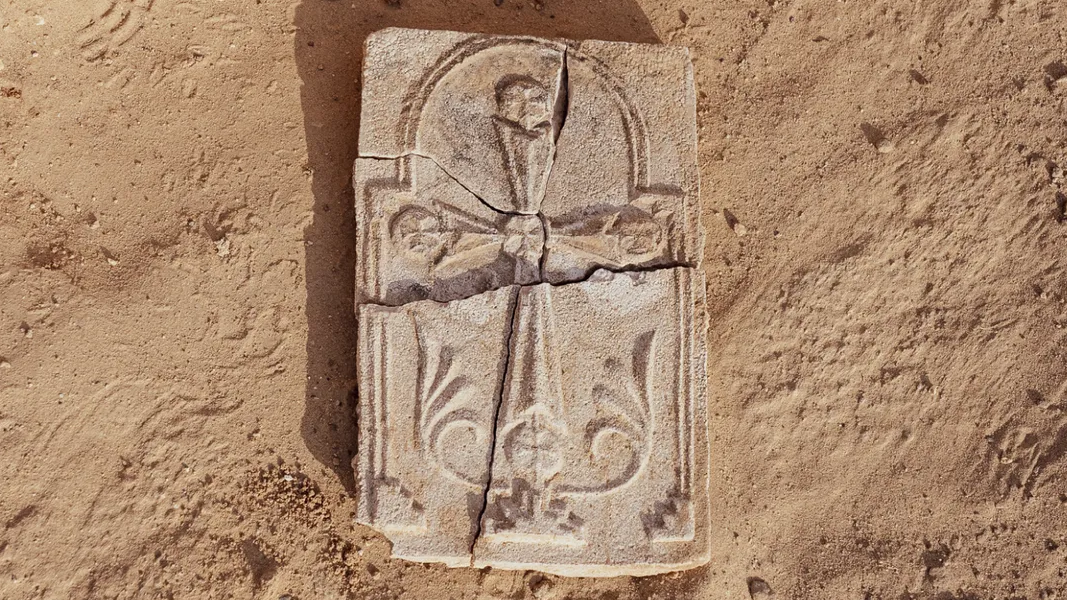Now Reading: James Webb Telescope Identifies Source of Brightest Radio Flash Detected
-
01
James Webb Telescope Identifies Source of Brightest Radio Flash Detected
James Webb Telescope Identifies Source of Brightest Radio Flash Detected

Rapid Summary
- Scientists used the James Webb Space Telescope (JWST) to trace the origins of the brightest fast radio burst (FRB) ever detected, officially named FRB 20250316A or “RBFLOAT.”
- The burst was localized to a galaxy, NGC 4141, around 130 million light-years away, with its origin pinpointed to a space region just 45 light-years across.
- JWST identified infrared signals coming from an old star that may be the progenitor, alongside detailed observations of nearby stellar environments.
- The FRB’s likely source is theorized as either: (a) material transfer in a companion star system involving a neutron star or (b) isolated magnetar activity within the massive-star cluster in NGC 4141. Neither hypothesis is confirmed yet.
- The study marks progress in understanding FRBs and demonstrates collaboration between CHIME’s upgraded radio receivers and JWST’s advanced capabilities for precise localization and imaging.
Indian Opinion Analysis
The tracing of fast radio bursts (FRBs), such as RBFLOAT, holds transformative potential for space exploration by shedding light on enigmatic celestial phenomena like magnetars and dynamic stellar interactions. India can view this milestone through two lenses: inspiring advancements in astrophysical research and rethinking collaborations with international observatories equipped with technologies like JWST. While India’s own emerging astronomy programs-including efforts at facilities such as AstroSat-are commendable, breakthroughs like these encourage investments toward higher-resolution instruments capable of detecting transient cosmic signals within milliseconds.Accurate source identification is especially critical for broader scientific pursuits such as dark matter studies or mapping substructures within galaxies.
By focusing on innovation-driven partnerships globally while improving domestic capacities aligned with specific challenges around sensitivity scaling seen in FRBs studies worldwide-India can meaningfully contribute to decoding mysteries integral not merely for metaphysical curiosity but unfolding practical insights about our galactic ecosystem’s evolution pathways.























